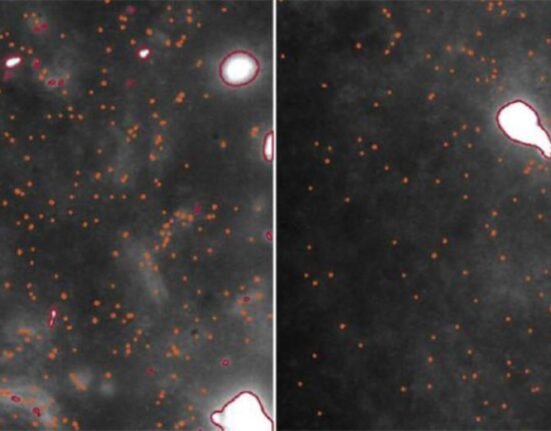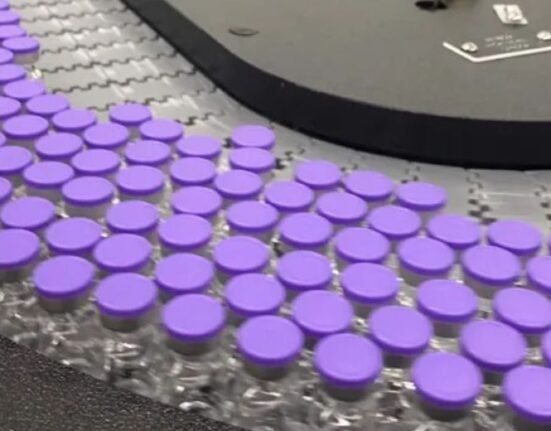HQ Team
February 7, 2025: Scientists have created an atlas of individual cells within the human brain region of the hypothalamus and identified new genes linked to obesity that may lead to novel therapies.
The Hypomap is the most detailed map to date of the crucial region in the brain that regulates body weight, appetite, sleep, and stress, according to the University of Cambridge.
It provides an “unparalleled view of the brain’s appetite centre and promises to accelerate the development of treatments for obesity and diabetes,” according to a university statement.
The hypothalamus is often described as the brain’s ‘control centre’, orchestrating many of the body’s most vital processes.
Mice studies
Currently, much of the understanding of the hypothalamus comes from animal studies, especially in mice, and translating these findings to humans has long been a challenge. Hypomap bridges this gap.
This resource not only charts over 450 unique cell types but also highlights key differences between the human and mouse hypothalamus — differences that have major implications for drug development.
“This is a game-changer for understanding the human hypothalamus,” said Professor Giles Yeo, senior author of the study from the Institute of Metabolic Science-Metabolic Research Laboratories (IMS-MRL) and MRC Metabolic Diseases Unit, University of Cambridge.
“Hypomap confirms the critical role of the hypothalamus in body-weight regulation and has already allowed us to identify new genes linked to obesity.
“It gives us a roadmap to develop more effective, human-specific therapies.”
400,000-cell analysis
Together with researchers at the Max Planck Institute for Metabolism Research in Cologne, Professor Yeo and colleagues used cutting-edge technologies to analyse over 400,000 cells from 18 human donors.
The map allows researchers to pinpoint specific cell types, understand their genetic profiles, and explore how they interact with neighbouring cells.
This detailed cellular resolution offers invaluable insights into the circuits that regulate appetite and energy balance, as well as other functions such as sleep and stress responses.
Hypomap’s open-access nature ensures that it will be an invaluable resource for scientists worldwide.
Obesity to cachexia
“Our map of the human hypothalamus is an essential tool for basic and translational research,” added Professor Jens C. Brüning, Director at the Max Planck Institute. “It allows us to pinpoint which mouse nerve cells are most comparable to human cells, enabling more targeted preclinical studies.”
By offering insights into the hypothalamus’s role in conditions ranging from obesity to cachexia (a wasting condition associated with several illnesses, which involves extreme loss of muscle and fat), it provides a foundation for tackling some of the most pressing health challenges of our time.
“This is just the beginning. The atlas itself is a milestone, but what could make a difference for patients is understanding how the hypothalamus changes in people who are overweight or underweight,” said Dr John Tadross, Consultant Pathologist at Addenbrooke’s Hospital and lead author from IMS-MRL.
“This could fundamentally shift our approach to metabolic health and enable more personalised therapies.”








